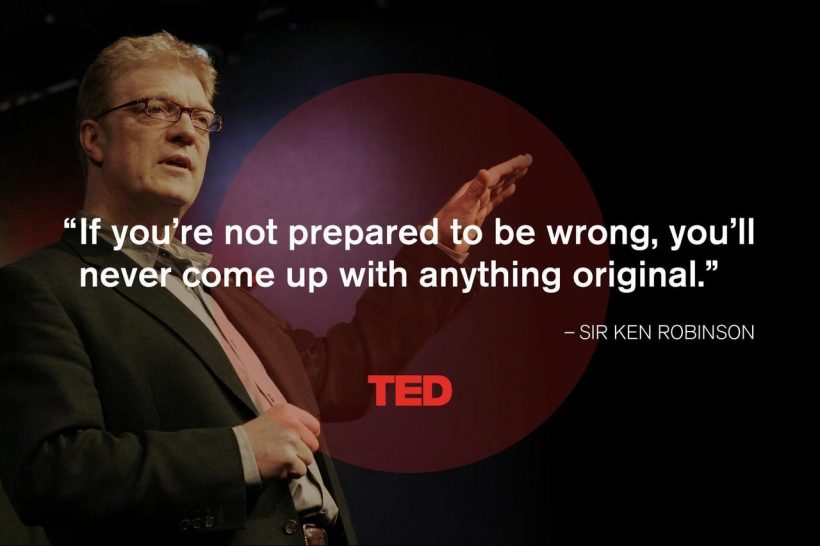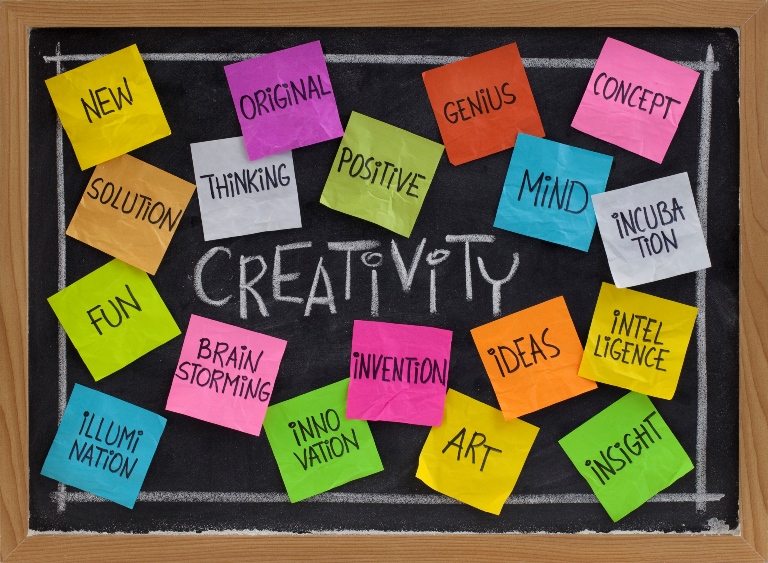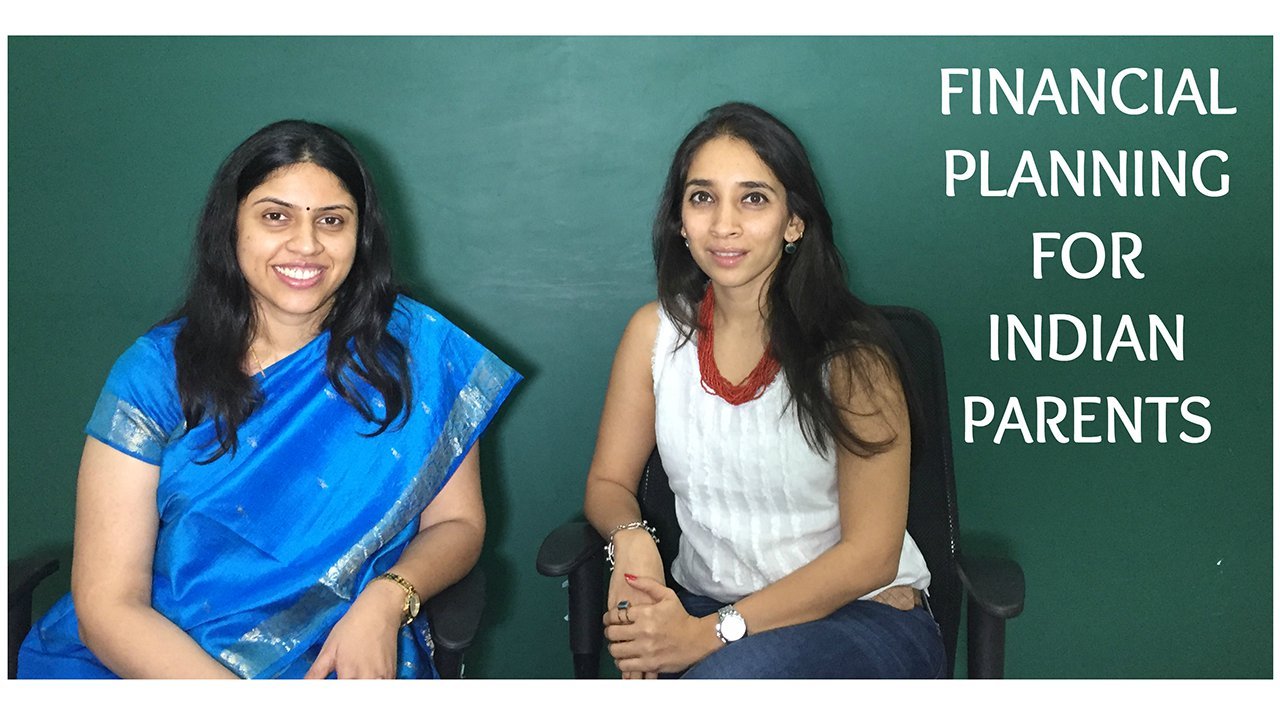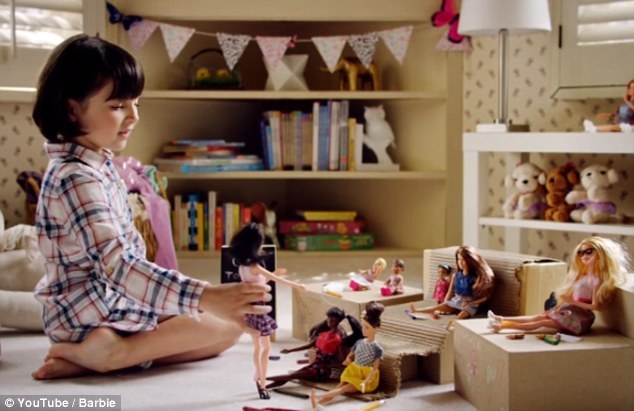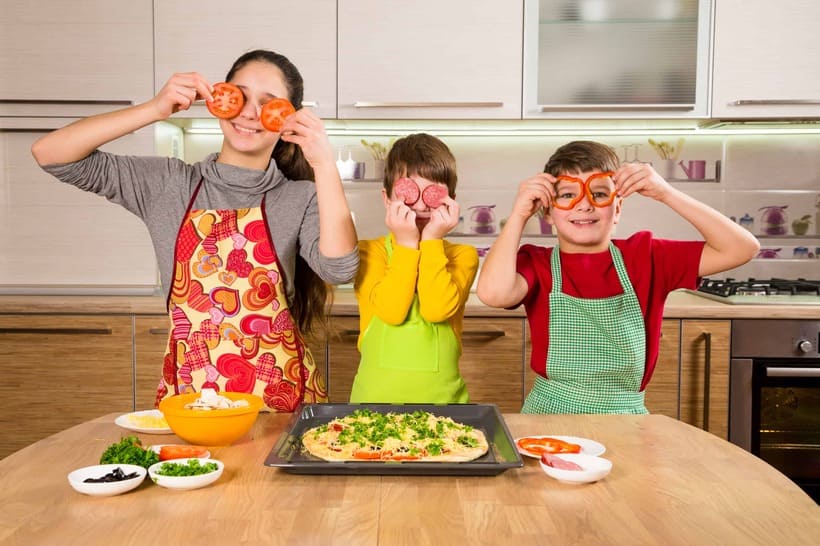This video is now Ted Talks most watched video with over 8 million views. Â And if you still are not part of the those 8 million people, then this what you are missing out on:
So what exactly does Robinson mean when he says Schools are killing creativity and why it’s a must watch.
1. Schools are like factories: Robinson goes on to say that schools look like industries. He goes on to explain:Â If you look at public education systems in their general shape, they are manufacturing processes. And a lot of it happens – we separate people by age, it’s a very linear process, very focused on certain types of outcome. And standardized testing is, in a way, the grand example of the industrial method of education. It’s not there to identify what individuals can do. It’s there to look at things to which they conform.
This is toxic for students. So what schools – and the people that run them – need to do is organize around helping students find the disciplines that most motivate them.
Reforming education is “about customizing to your circumstances and personalizing education to the people you’re actually teaching,” Robinson said in a follow-up talk. “And doing that, I think, is the answer to the future because it’s not about scaling a new solution; it’s about creating a movement in education in which people develop their own solutions, but with external support based on a personalized curriculum.”
2. Schools create a hierarchy of subjects: Robinson says that we privilege some subjects – like maths- over others – like dance – and doing so stifles creativity. “At the top are mathematics and languages, then the humanities, and the bottom are the arts,” he says. “Everywhere on Earth.”
And there’s even a hierarchy within the arts, with fine art and music above drama and dance.
“There isn’t an education system on the planet that teaches dance every day to children the way we teach them mathematics,” Robinson says. “Why? Why not? I think this is rather important. I think math is very important, but so is dance. Children dance all the time if they’re allowed to, we all do. We all have bodies, don’t we? Did I miss a meeting? Truthfully, what happens is, as children grow up, we start to educate them progressively from the waist up.”
3. Classes are rigidly timed: Schools hem to a strict schedule. “If you live in a world where every lesson is 40 minutes, you immediately interrupt the flow of creativity,” Robinson says.  The reasoning: kids need to learn that feeling “stuck” is part of solving problems, and it takes time to get unstuck when you’re reasoning through calculus or putting together a play.
That layout jibes with the latest in education research: cognitive science shows that the harder it is to learn something, the better you remember it.
 Sir Ken Robinson is becoming a legend in education reform and his findings were so powerful that he was knighted in 2003. We would love to know your feedback in the comments below or on Facebook & Twitter. Don’t forget to subscribe to our Youtube channel to know more about great videos like these.
